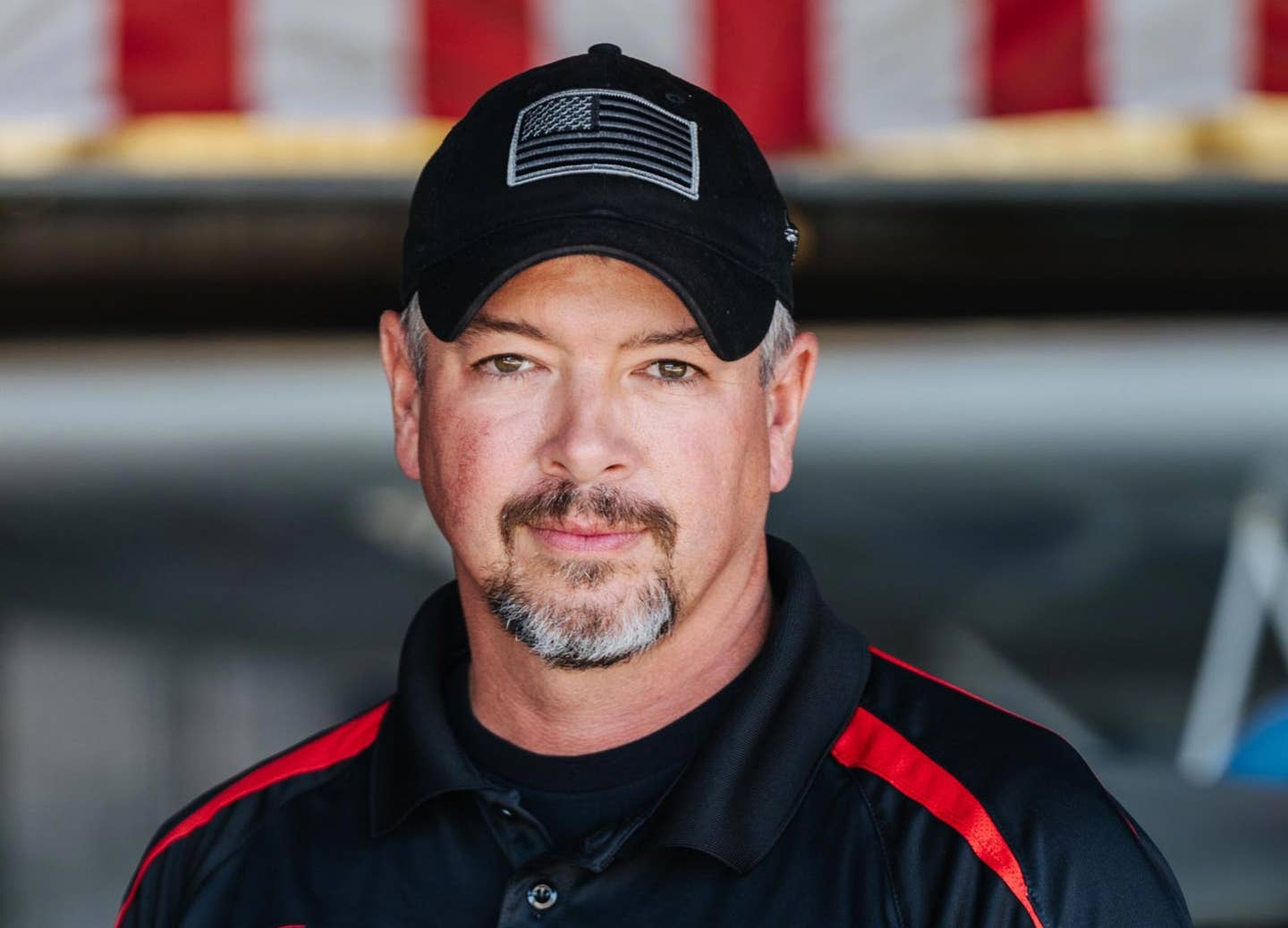Airline Floatplane And Boat Collide In Vancouver Harbor (Updated)
At least two people were injured when a Harbour Air Beaver floatplane was in collision with a pleasure boat in Coal Harbour off downtown Vancouver Saturday. A video obtained by…
At least two people were injured when a Harbour Air Beaver floatplane was in collision with a pleasure boat in Coal Harbour off downtown Vancouver Saturday. A video obtained by Global News from a witness appears to show the Beaver on its takeoff run when it hits the boat and bounces into the air before plunging in the water and partly submerging. The injured people were on the boat and the six people on the plane were uninjured. Two others on the boat also escaped injury.
The aircraft was reportedly on a chartered sightseeing flight. Harbour Air runs regularly scheduled flights from the Coal Harbour base to Victoria, Seattle and other coastal communities. As for right of way, the Canadian Aviation Regulations, Section 602.20 (1) says this: "Where an aircraft on the water has another aircraft or a vessel on its right, the pilot-in-command of the first-mentioned aircraft shall give way." But the accident occurred in an area of the harbor that is supposed to be reserved for floatplane operations. Multiple aviation, nautical and police authorities are trying to unravel it all.






